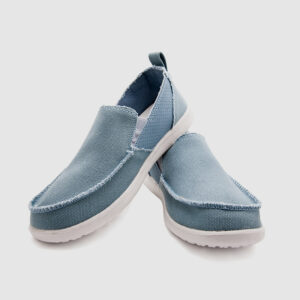Branding is a way to distinguish your product or service from the rest of market and create a perceived value in the mind of potential customers. For example, in the car world, the Mercedes brand creates different expectations than the Kia brand. However, branding is also important for small businesses that want to stand out in the market, and the keys to successful branding include knowing your target customers and making all your decisions with a focus on what’s important to them.
Define your customers
The first key to successful branding is to define the types of customers you want to attract. Moms with toddlers or women without children? Men who like drag racing or those who prefer quiet afternoons in nature? Health-conscious individuals or those who don’t know a carrot from a turnip? Make a list of all the types of customers you want your business to attract. Volvo built its brand on attracting people concerned with auto safety.
Study Your Customers
Find out what is important to the customers you want to attract. If you already have some customers, you can survey them. Otherwise, look at demographic information and other studies done that provide information about your target customers. Once you know what’s important to your target customers, choose the three or four outcomes that are the most important to your ideal customer.
Be Consistent with Your Brand Position
Using the three or four outcomes you defined, create a brand position that describes what your business does and for whom, the unique value your business offers and how this value is different from the competition, and the benefits the customer gets from your product or service. Also, decide on the one most important thing that your business always promises to deliver to customers. Consistently make all your decisions based on this brand promise and your brand position.
Create the Elements of Your Brand
Create a brand personality — traits you want your business known for — and, if you have an established business, a brand story that shows how your business’ history adds value and credibility to the brand. Also, create the physical elements that make up the brand, including your logo, business tagline, colors, fonts, imagery and other physical elements used in marketing and presenting your brand. These physical brand associations should reflect your brand promise and all your brand traits, and also support your brand position.
Market Your Brand
According to Dan Coughin, president of the Coughlin Co., “The key to branding is reminding the customer of what you want them to remember about your brand,” and he says every contact (including marketing efforts) you have with current or potential customers must reinforce your brand.








